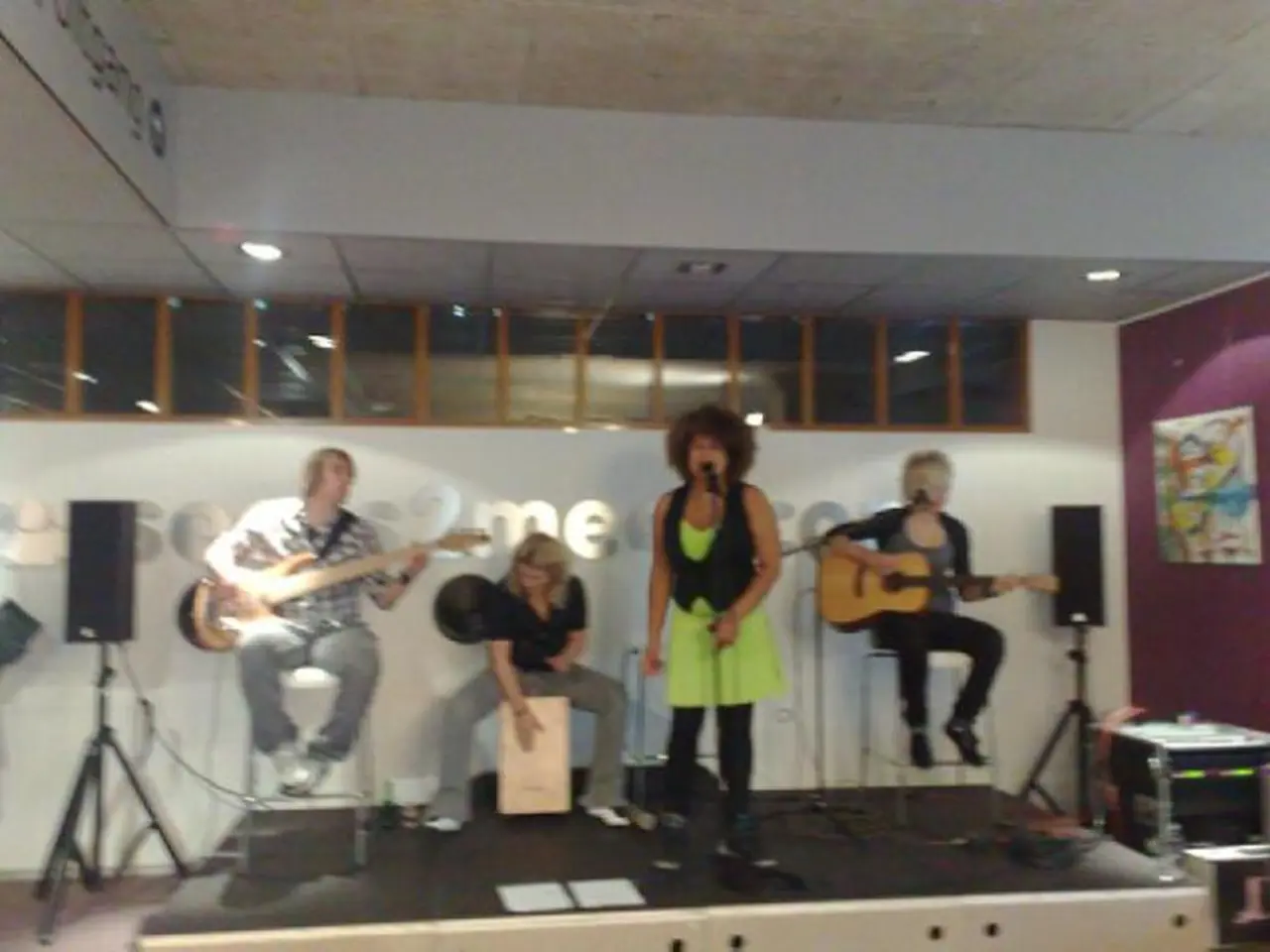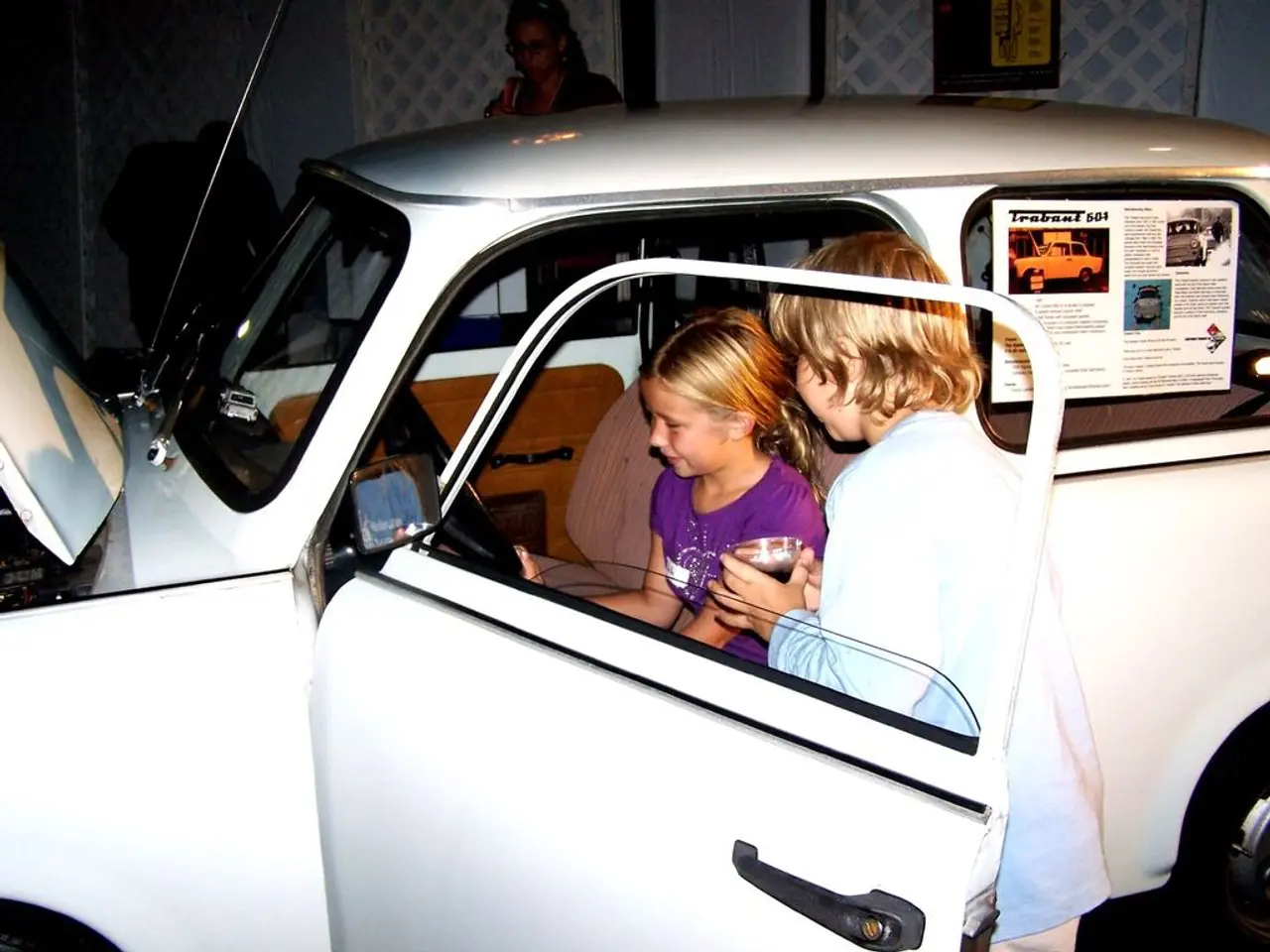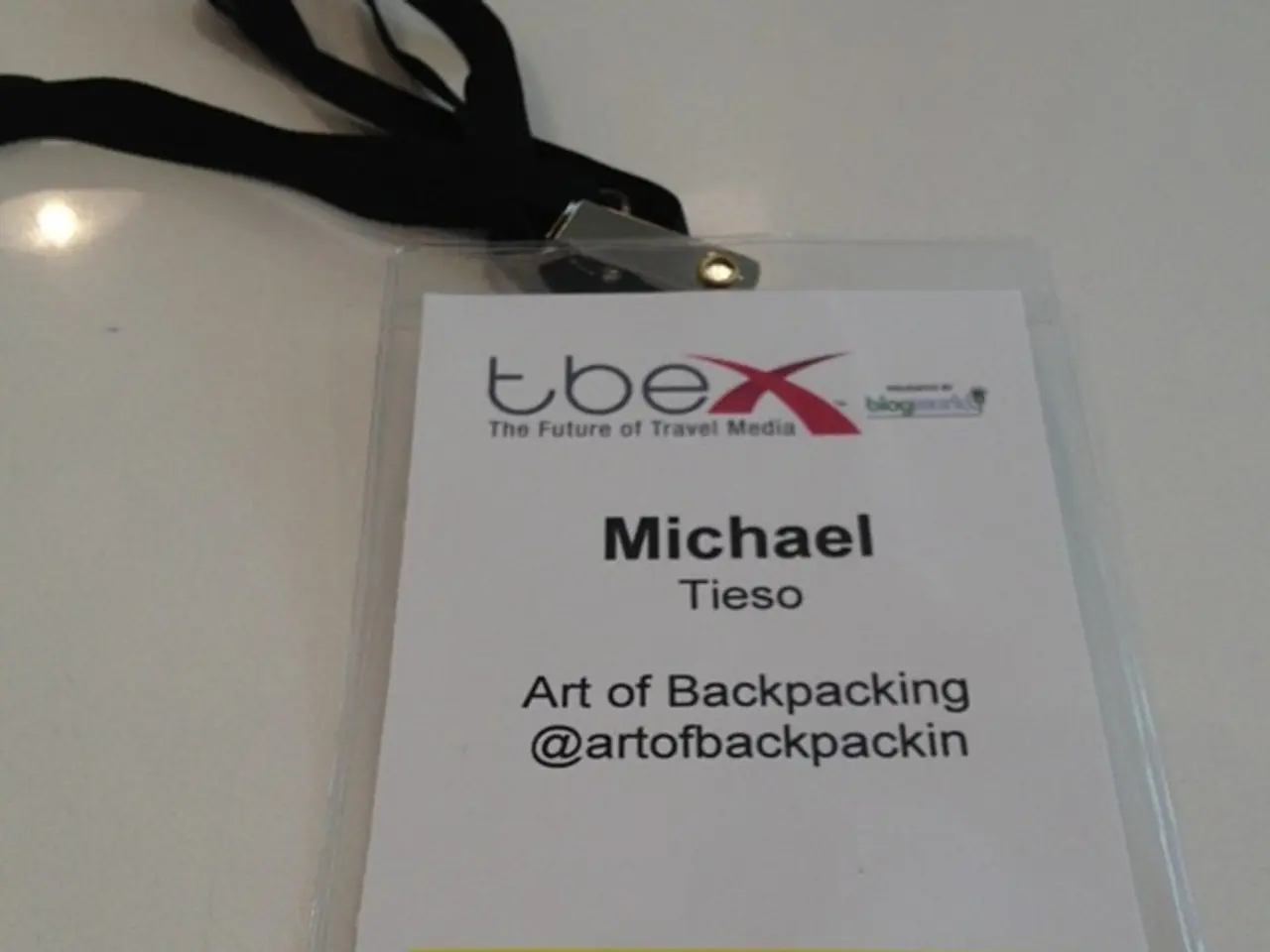The Importance of Grasping Spatial Audio for Sound Engineers in the Year 2025
In the ever-evolving world of audio, one institution stands out for its commitment to innovation: Music School. With a prestigious Gold rating in the Teaching Excellence Framework (TEF), Music School has earned its place among the best institutions, offering a unique blend of traditional music education and cutting-edge technology.
At the heart of this technological revolution is spatial audio, also known as 3D audio or virtual surround sound. This technology goes beyond traditional stereo by adding height and depth, allowing sounds to move and envelop the listener from all directions.
Spatial audio is appealing to both casual listeners and aspiring audio engineers due to its accessibility and immersive experience. It mimics how humans naturally hear sound in real life, providing a lifelike auditory experience that enhances realism, emotional engagement, and spatial awareness.
The demand for high-quality Dolby Atmos mixes is increasing, with major labels and producers now expecting spatial versions of tracks as a standard. This trend is reflected in Music School's industry-focused curriculum, which prepares students for the future of the audio industry.
Music School is home to Dolby-certified studios equipped with SSL Duality Delta and SSL Origin consoles, providing an unparalleled environment to explore and master spatial audio. The school's instructors are industry experts, ensuring students receive the most up-to-date and relevant training.
Binaural Audio is a technique used to deliver 3D sound through regular headphones by mimicking how humans naturally hear. This technology is integral to spatial audio, as it helps create the interaural time differences, interaural level differences, spectral filtering, and reflections that our brains use to locate sound sources in 3D space.
The swift integration of spatial audio by streaming services suggests its growing popularity and potential for future growth in the audio industry. Major platforms like Apple Music, Tidal, and Amazon Music have fully embraced spatial audio, making it accessible to anyone with a good pair of headphones. Over 90% of Apple users have tried spatial audio, and the catalog of Atmos tracks has grown by 5,000% since 2021.
Engineers who can deliver spatial, top-tier mixes are becoming increasingly sought after in the industry. Music School offers degrees or short courses in London, LA, Ibiza, and Online, catering to various locations and aspirations.
Moreover, Music School offers a range of free resources on its Free Stuff page, and registering on its website provides access to free courses, exclusive music-making tools, and tutorials. Spatial audio turns passive listening into a 360-degree sonic adventure by delivering sound that moves, breathes, and surrounds the listener.
In conclusion, Music School is at the forefront of the spatial audio revolution, providing students with the skills and facilities needed to thrive in this exciting and rapidly growing field. Whether you're a casual listener or an aspiring audio engineer, Music School offers a unique and immersive experience that redefines the way we listen to music.
Technology and education-and-self-development intertwine at Music School, where students learn to harness spatial audio, a revolutionary technology that mimics natural hearing. By offering degrees and short courses in London, LA, Ibiza, and online, Music School equips engineers with the skills to deliver top-tier spatial mixes, catering to the growing demand in the audio industry.
With a focus on lifestyles of the future, Music School's immersive spatial audio courses position graduates to excel in a market where major streaming platforms, like Apple Music, Tidal, and Amazon Music, have embraced this technology. This revolution transforms passive listening into a captivating 360-degree sonic adventure, offering an unparalleled auditory experience.




